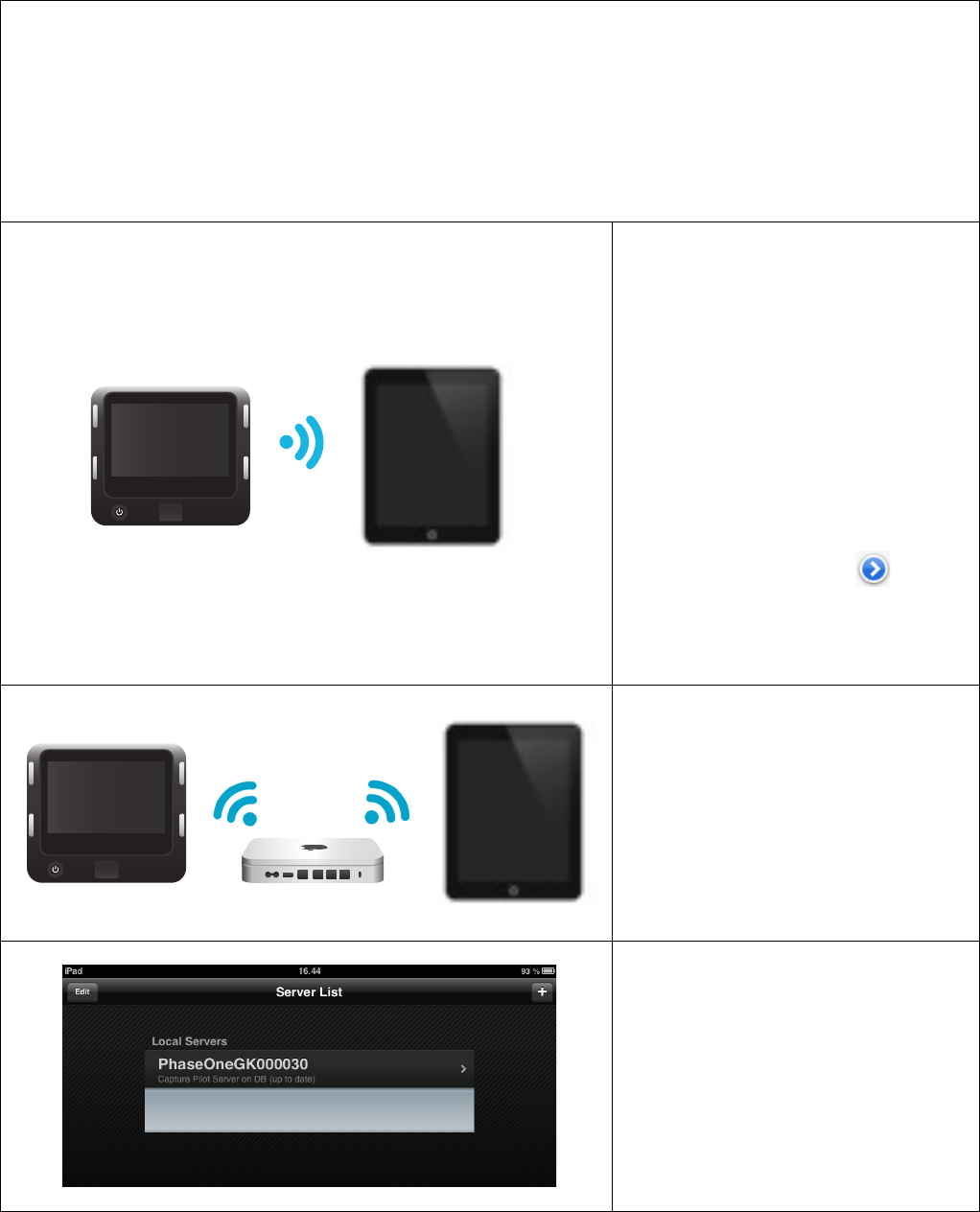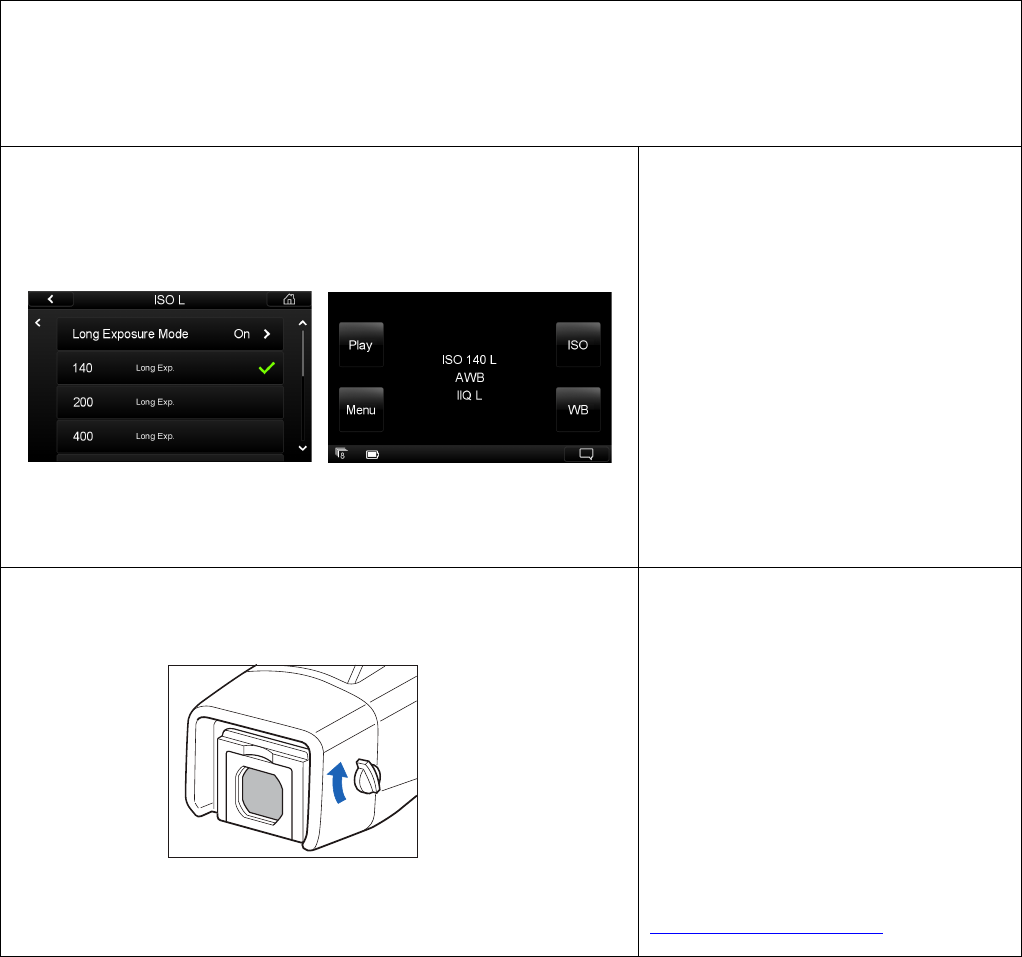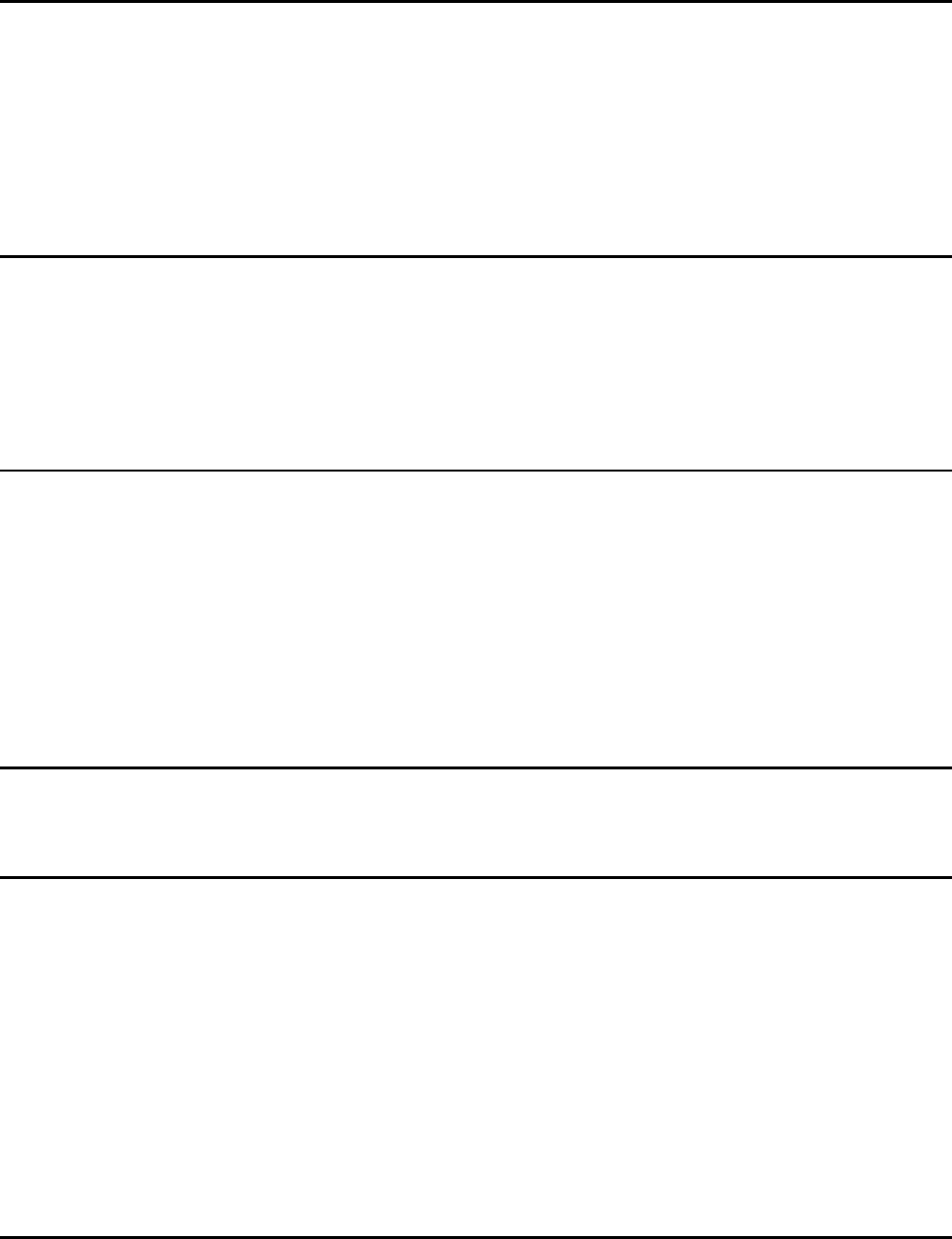SparkLAN Communications WUBR507N 802.11abgn Wireless USB Module User Manual IQ260ReleaseNotex
SparkLAN Communications, Inc. 802.11abgn Wireless USB Module IQ260ReleaseNotex
Contents
WUBR-507N_UserMan_Regularoty_1

RELEASE
NOTE
Please see instructions on next page --!
Phase One IQ260 digital back June 24, 2013
Dear valued Phase One customer,
Congratulations with your new Phase One IQ260 digital back!
Building on the celebrated IQ digital back platform the IQ2 digital backs leverage cutting-
edge technologies and deliver outstanding image quality
Unleash your creativity, go wireless with IQ260
You can connect your iPad® or iPhone® directly to the IQ260 digital back to either browse
images or remote control your camera and digital back. To do this you need the app,
Capture Pilot from Phase One. It is available for download from Apple’s App Store.
All you need to do is have the IQ260 and the iPad®/iPhone® connected to the same
network.
Or you can create a direct connection with an Adhoc network.
Please see detailed setup instructions later in this document.
Expose everything. Up to 60 minutes per image
The IQ260 can make long exposures up to one hour per image.
Long exposure mode is available as an option in the ISO Menu.
When making extreme long exposures, there are certain precautions that you might need
to take, to avoid getting stray light in the image – please read about this later in this
document.
New and improved mechanical locking mechanism on the digital back:
If you have previously worked with a Phase One digital back, you will find the locking
mechanism changed and improved. The new locking mechanism lowers the risk of you
accidently detaching the back from the camera.
Have fun creating the world´s best photography!
All the best from the Phase One Team

2/4
Getting started with WiFi on your IQ2 digital back
Connect your IQ2 wirelessly with an iPad® or iPhone®
Download and install Capture Pilot on your device from the Apple App Store
Connect directly to your IQ2 using ad hoc mode (recommended for ranges up to 8m/25ft)
Connect via your existing router using WPA/WPA2 or EAP security (up to 30m/100ft)
Setting up your IQ2 using ad hoc mode:
1. Select Adhoc:
Menu>WiFi>Mode>adhoc – this will
publish a network with default
name “PhaseOne[serial number]”
2. From the iPad®/iPhone®:
General>WiFi>Connect to network:
“PhaseOne[serial number]”
3. Start Capture Pilot and select the
“PhaseOne[serial number]” under
Local Servers
In the iPad Wi-Fi settings use the Icon to
unfold the network settings of the IQ2 network –
then switch on the “Auto-Join” to ensure that the
connection will always reconnect if it looses
connection.
Setting up your IQ2 to connect via Router
1. Turn on WiFi:
Menu>WiFi>Mode>On
2. Select network: Menu>WiFi>Select
Network
3. Type user name and password as
prompted from the network.
Connecting Capture Pilot to your IQ2
when using router:
1. From General>WiFi: Select same
network as selected on IQ2
2. Open Capture Pilot
3. Select “PhaseOne[serial number]”
under Local Servers in Capture
Pilot
Above examples all use the default WiFi settings in the IQ260
To reset all WiFi settings, including all network settings and pin code use: Menu>Restore to Default
On the IQ260 you can change the hostname, set a pin code or select a specific network channel under: Menu>WiFi >Settings
Please note that only basic ASCII (i.e. basic English) characters are supported when working wirelessly with host names, user names
and passwords.

3/4
IQ260 LONG EXPOSURE
Expose up to one hour using IQ260 Long Exposure
Switching on Long Exposure mode
Menu>ISO>Long Exposure Mode
1. Long Exposure Mode Is supported
with ISO 140 and up.
2. Long Exposure Mode is marked
with an L after ISO in the home
screen
3. Exposures longer than 10 seconds
benefit from being captured in Long
Exposure Mode
If you are exposing for more than 10 seconds the
IQ260 will automatically display a dialog box that
suggest you to use Long Exposure Mode.
Precautions when using Long Exposure
1. Be sure to use the eyepiece shutter
lever to close out stray light from
the viewfinder or cover the area
with some light tight material.
2. Remember that when you make a
long exposure, the digital back will
make a black calibration after the
capture of the same duration as the
exposure.
Find more detailed information - Search for
“Long Exposure” on:
www.phaseone.com/support

4/4
Known issues:
Your IQ2 back ships with firmware version 5.03.5
There are the following known issues for this combination of digital back and firmware:
- Location data in file metadata is not yet implemented
- Live View is not supported on USB3
- It is not possible to charge the IQ2 back via USB unless the back is turned off.
- Phase One 645AF is not supported with the IQ2 digital backs
FCC Regulations:
§ 15.19 (a)(3)
This device complies with part 15 of the FCC Rules. Operation is subject to the following two conditions: (1) This device
may not cause harmful interference, and (2) this device must accept any interference received, including interference that
may cause undesired operation.
§ 15.21
Changes or modifications not expressly approved by the party responsible for compliance could void the user‘s authority
to operate the equipment.
§ 15.105 (b)
This equipment has been tested and found to comply with the limits for a Class B digital device, pursuant to part 15 of
the FCC Rules. These limits are designed to provide reasonable protection against harmful interference in a residential
installation. This equipment generates, uses and can radiate radio frequency energy and, if not installed and used in
accordance with the instructions, may cause harmful interference to radio communications. However, there is no
guarantee that interference will not occur in a particular installation. If this equipment does cause harmful interference to
radio or television reception, which can be determined by turning the equipment off and on, the user is encouraged to try
to correct the interference by one or more of the following measures:
—Reorient or relocate the receiving antenna.
—Increase the separation between the equipment and receiver.
—Connect the equipment into an outlet on a circuit different from that to which the receiver is connected.
—Consult the dealer or an experienced radio/TV technician for help.
§ 15.407 (e)
Operation on the 5.15-5.25 GHz frequency band is restricted to indoor use only. The FCC requires indoor use for the
5.15-5.25 GHz band to reduce the potential for harmful interference to co-channel Mobile Satellite Systems.
§ 2.1093
RF Exposure Information (SAR)
This device is designed and manufactured not to exceed the emission limits for exposure to radio frequency (RF) energy
set by the Federal Communications Commission of the U.S. Government. The exposure standard for wireless devices
employs a unit of measurement known as the Specific Absorption Rate (SAR). The SAR limit adopted by the FCC is
1.6W/kg for an uncontrolled environment. Tests for SAR are conducted using standard operating positions accepted by
the FCC with the device transmitting at its highest certified power level in all tested frequency bands. The FCC has
granted an Equipment Authorization for this device with all reported SAR levels evaluated as in compliance with the FCC
RF exposure guidelines.
Although the SAR is determined at the highest certified power level, the actual SAR level of the device while operating
can be well below the maximum value. This is because the device is designed to operate at multiple power levels so as
to use only the poser required to reach the network. In general, the closer you are to a wireless base station antenna, the
lower the power output.